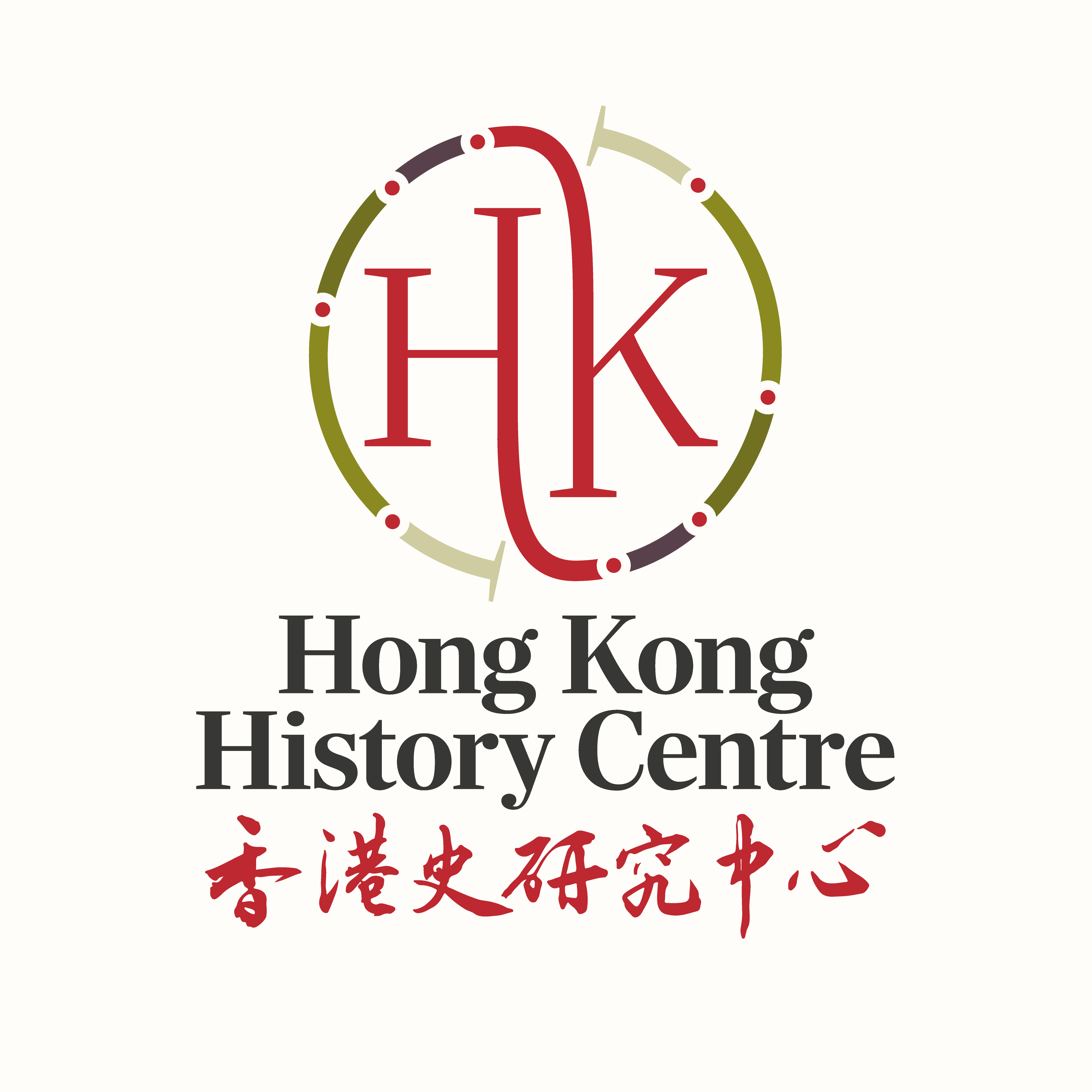Showing 1-7 of 7 items

Today we are introducing an article 'When Silence Speaks: Press Censorship and Rule of Law in British Hong Kong,1850s–1940s' by Michael Ng, The University of Hong Kong. ‘’Who is to say that the danger has passed? The greater part of the danger may have passed but some of it may have remained.’’ It may seems familiar in today Hong Kong, however, this comes from 1931 British colonial Hong Kong’s Central

Today we are introducing an article 'The Holocaust and Hong Kong: an overlooked history' by Cheuk Him Ryan Sun, University of British Columbia. This passage discusses the overlooked role of Hong Kong as a colonial entrepot in facilitating human mobility, trade, and refuge within the networks of the British Empire. While Hong Kong served as a transit port and refuge for various groups throughout history, the movement of Austrian and

Today we are introducing an article 'Decolonising Britishness? The 1981 British Nationality Act and the Identity Crisis of Hong Kong Elites' by Chi-kwan Mark, Royal Holloway. The introduction and passage of the 1981 Nationality Act coincided with discussions on the future of Hong Kong's sovereignty in 1997, which triggered an identity crisis among the Hong Kong elites. This article by Chi-kwan Mark is about the 1981 British Nationality Act through

Today we are introducing an article 'Identity pride and exclusiveness: cross-border craftsmanship and Chinese tailors in post-war Hong Kong, 1945-1970' by Katon Lee. The tailoring industry is one of the traditional trades in Hong Kong, and "Shanghai tailoring" is one of its distinctive skills, attracting people from around the world to patronize. There is a story behind it. Prior to the 1970s, Hong Kong was a migrant society. Due to

Today we are introducing an article 'The Making of Contentious Political Space: The Transformation of Hong Kong’s Victoria Park' by Chi Kwok and Ngai Keung Chan. Opened in 1967, Victoria Park in Hong Kong was initially planned by the British colonial government as a recreational and monumental space, with an emphasis on orderliness, recreation, and non-political activities. However, in the 1970s, the emergence of the Defend Diaoyutai Islands Movement led

Today we are introducing an article 'Stamping "Imagination and Sensibility": Objects, Culture, and Governance in Late Colonial Hong Kong', by Allan T. F. Pang, University of Cambridge. In August 1970, a quarrel about pigs arose between the Foreign and Commonwealth Office (FCO) and the Hong Kong government. Colonial officials had submitted designs of postage stamps commemorating the Lunar Year of the Pig, which would begin in January 1971. However, Secretary

Today we are introducing an article ‘Disseminating and Containing Communist Propaganda to Overseas Chinese in Southeast Asia through Hong Kong, the Cold War Pivot, 1949–1960’ by Florence Mok, Department of History, Nanyang Technological University, Singapore. During the Cold War, Hong Kong played a crucial role as a strategic location for the Chinese Communist Party (CCP) to disseminate printed propaganda to overseas Chinese in Southeast Asia. From 1949 onwards, the CCP